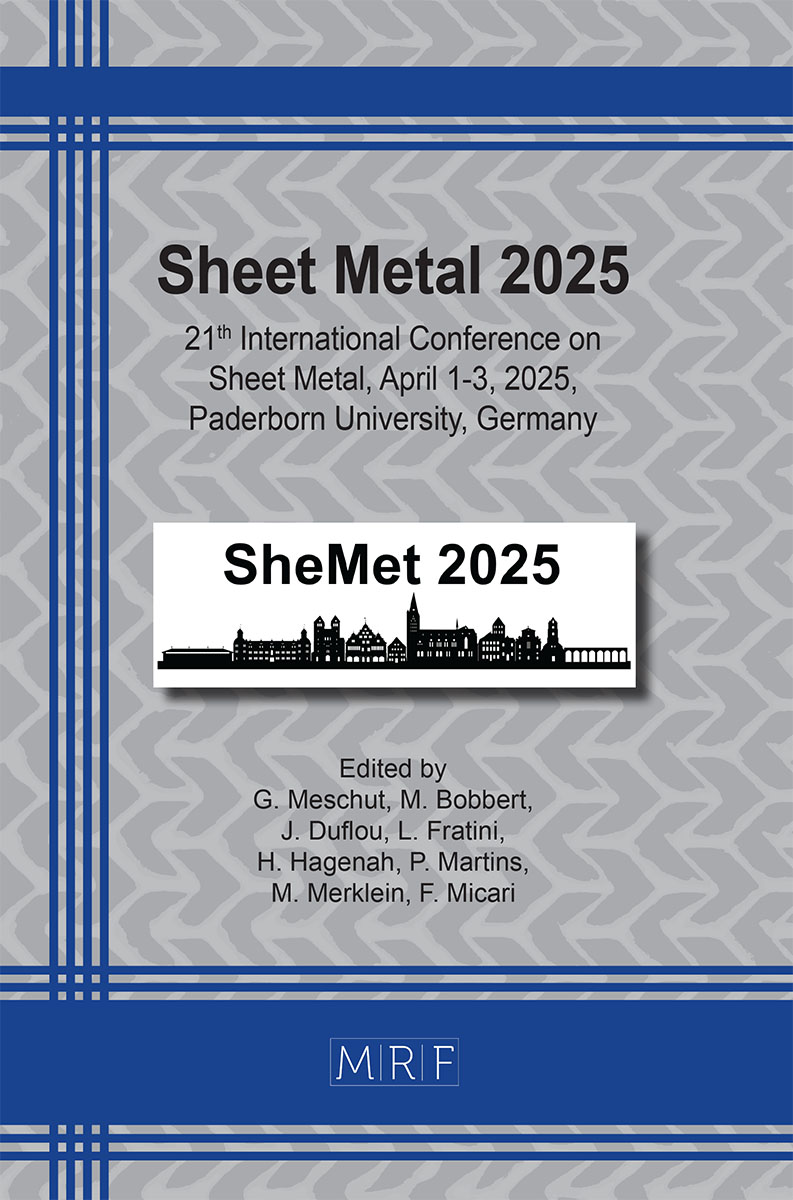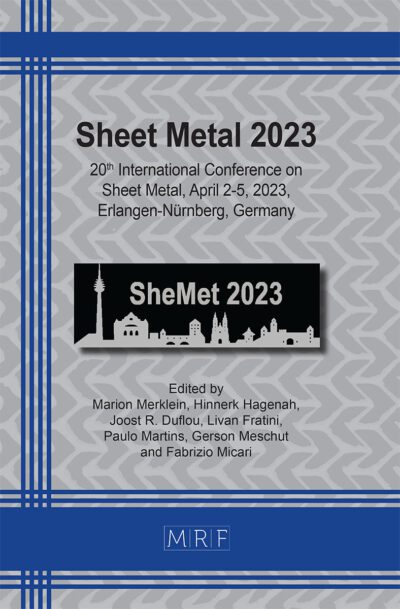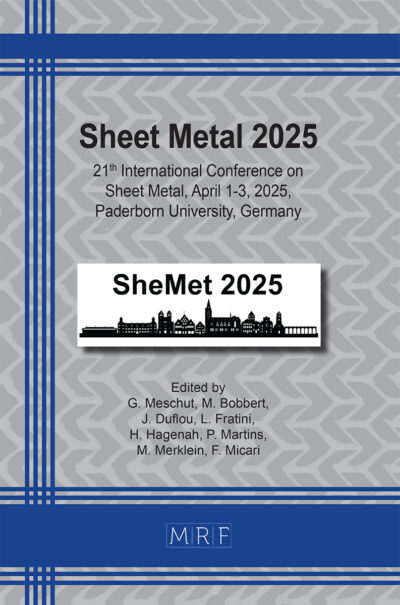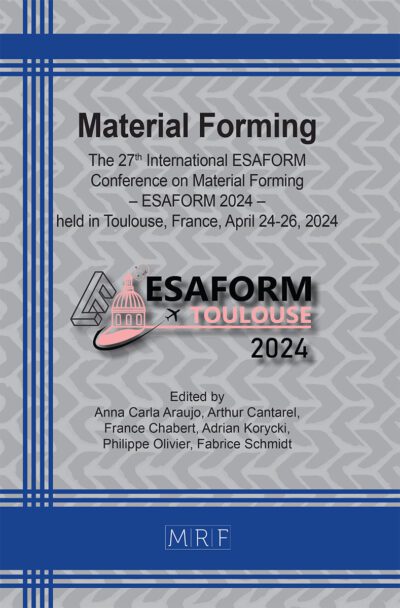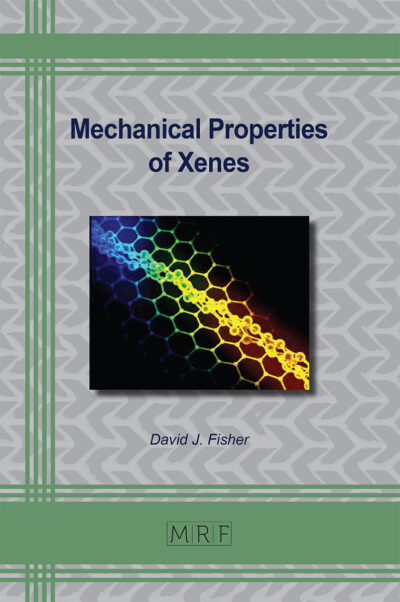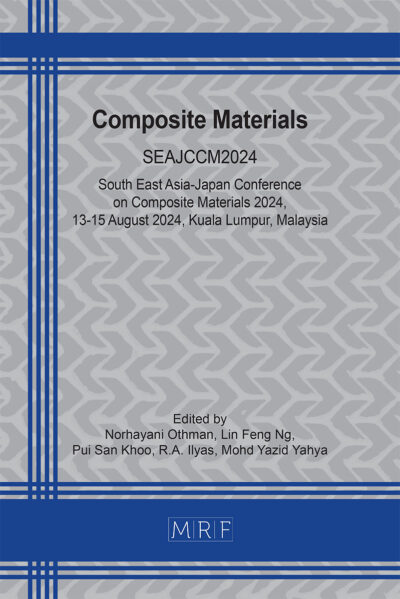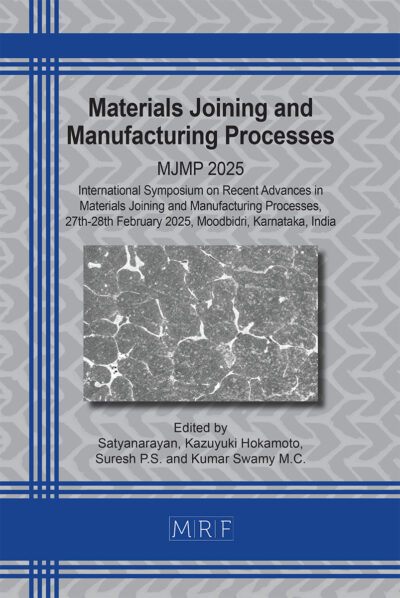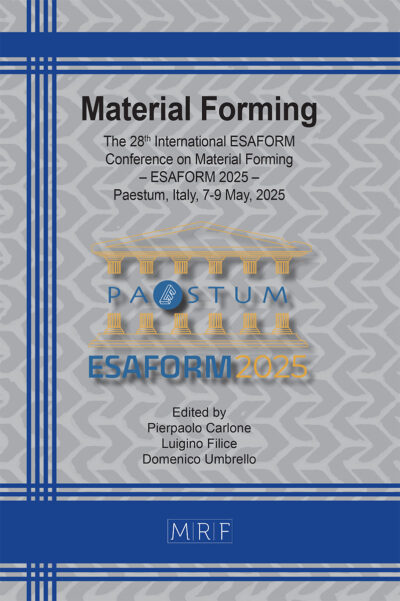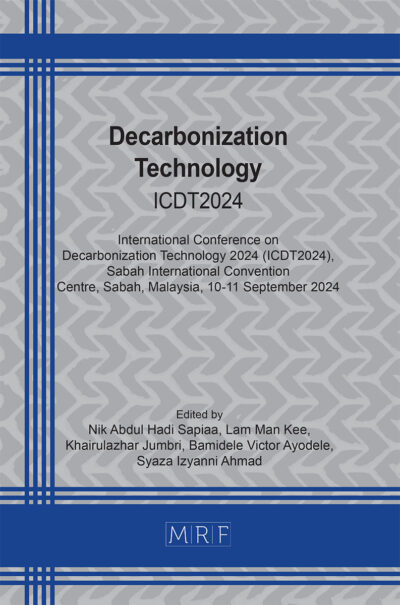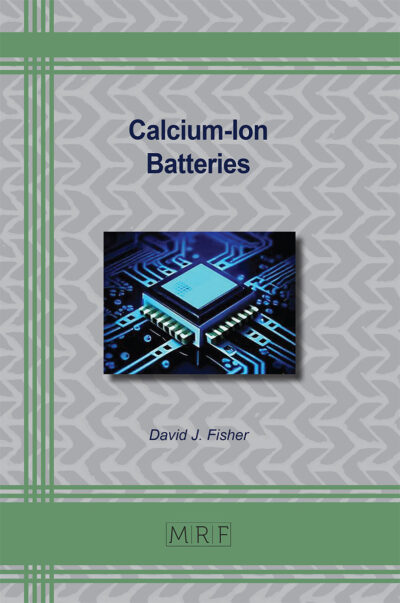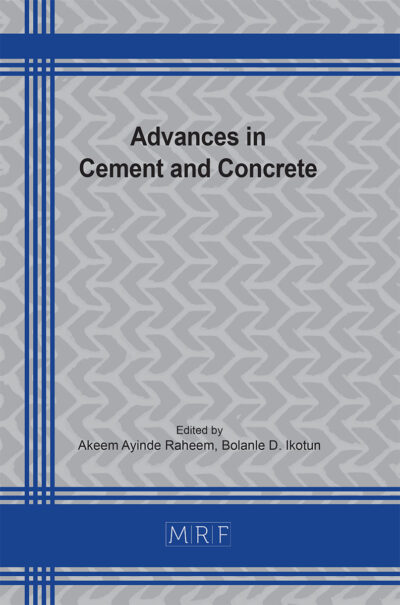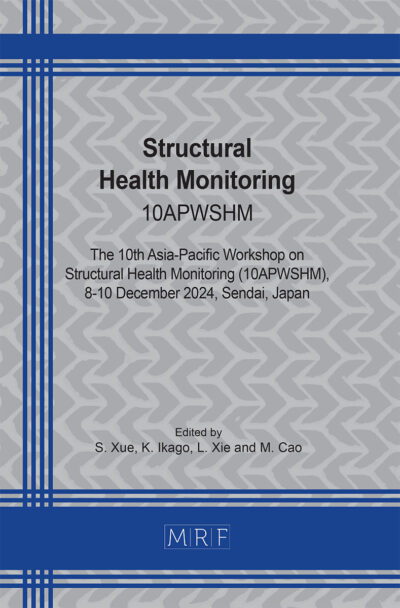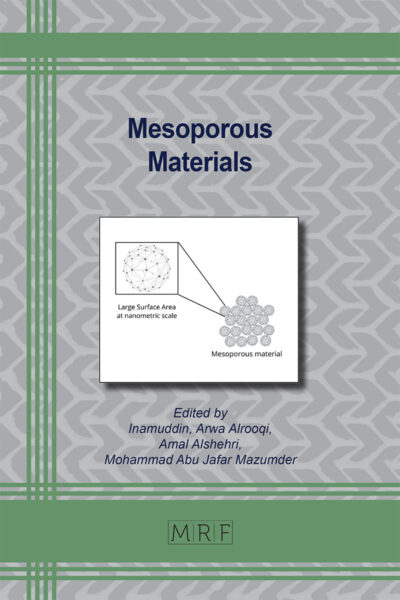The effect of height to diameter ratio at stack compression tests on biaxial yield stress
Martin L. Kölüs, Gábor Kalácska, Gábor J. Béres
Abstract. This study presents experimental stack compression test results of samples with different height-to-diameter (aspect) ratios for a simplified calculation of the friction- and the stress state contribution on the flow stress compared to the case of simple tension. Standard uniaxial tension tests formed the basis of the investigations as reference curves, and the stack compression tests were carried out on the same material, on commercially available DC04 steel sheet. The aim was to experimentally observe and possibly separate the anisotropic, pure material behavior from the friction-forced reaction of the material to determine the equi-biaxial yield stress for proper yield surface election. Our results show that with proper lubrication conditions, the stress increase caused by friction can be kept at low value for high aspect ratios, as well as with the comparison of the high and low aspect ratios, the value of the Coulomb friction coefficient, and thus the friction contribution on the flow stress can be calculated. After a stress compensation based on the obtained friction coefficient, the calculated stress ratios led to the monitoring of the goodness of different yield surfaces.
Keywords
Metal Forming, Sheet Metal, Compression Test
Published online 4/1/2025, 8 pages
Copyright © 2025 by the author(s)
Published under license by Materials Research Forum LLC., Millersville PA, USA
Citation: Martin L. Kölüs, Gábor Kalácska, Gábor J. Béres, The effect of height to diameter ratio at stack compression tests on biaxial yield stress, Materials Research Proceedings, Vol. 52, pp 220-227, 2025
DOI: https://doi.org/10.21741/9781644903551-27
The article was published as article 27 of the book Sheet Metal 2025
![]() Content from this work may be used under the terms of the Creative Commons Attribution 3.0 license. Any further distribution of this work must maintain attribution to the author(s) and the title of the work, journal citation and DOI.
Content from this work may be used under the terms of the Creative Commons Attribution 3.0 license. Any further distribution of this work must maintain attribution to the author(s) and the title of the work, journal citation and DOI.
References
[1] R. Hill, A theory of the yielding and plastic flow of anisotropic metals, The hydrodynamics of non-Newtonian fluids. I (1947) 281-297.
[2] F. Barlat, J. Lian, Plastic behavior and stretchability of sheet metals. Part I: A yield function for orthotropic sheets under plane stress conditions, International Journal of Plasticity Vol. 5 (1989) 51-66.
[3] D. Banabic, H. Aretz, D.S. Comsa, L. Paraianu, An improved analytical description of orthotropy in metallic materials, International Journal of Plasticity 21 (2005) 493-512.
[4] S. Coppieters, H. Traphöner, F. Stiebert, T. Balan, T. Kuwabara, A.E. Tekkaya, Large strain flow curve identification for sheet metal, J. Mat. Pro. Tec. 308 (2022) 117725. https://doi.org/10.1016/j.jmatprotec.2022.117725
[5] M. Merklein, A. Kuppert, A method for the layer compression test considering the anisotropic material behavior, Int. J. Mater. Form. Vol. 2 (2009) 483-486. doi:10.1007/s12289-009-0592-8
[6] S. Coppieters, P. Lava, H. Sol, A. Van Bael, P. Van Houtte, D. Debruyne, Determination of the flow stress and contact friction of sheet metal in a multi-layered upsetting test, J. Mat. Pro. Tec. 210 (2010) 1290-1296. https://doi.org/10.1016/j.jmatprotec.2010.03.017
[7] S. Coppieters, M. Jackel, C. Kraus, T. Kuwabara, F. Barlat, Influence of hydrostatic pressure shift on the flow stress in sheet metal, Proc. Manuf. 47 (2020) 1245-1249. https://doi.org/10.1016/j.promfg.2020.04.196
[8] T. Kuwabara, R. Tachibana, Y. Takada, T. Koizumi, S. Coppieters, F. Barlat, Effect of hydrostatic stress on the strength differential effect in low-carbon steel sheet, Int. J. Mater. Form. 15:13 (2022) https://doi.org/10.1007/s12289-022-01650-2
[9] D. Steglich, X. Tian, J. Bohlen, T. Kuwabara, Mechanical testing of thin sheet magnesium alloys in biaxial tension and uniaxial compression, Exp. Mechanics 54 (2014) 1247-1258. https://doi.org/10.1007/s11340-014-9892-0
[10] T. Rahmaan, J. Noder, A. Abedini, P. Zhou, C. Butcher, M.J. Worswick, Anisotropic plasticity characterization of 6000- and 7000-series aluminum sheet alloys at various strain rates, Int. J. of Impact Eng. 135 (2020) 103390. https://doi.org/10.1016/j.ijimpeng.2019.103390
[11] Y.G. An, H. Vegter, Analytical and experimental study of frictional behavior in through-thickness compression test, J. Mat. Pro. Tec. 160 (2005) 148-155. https://doi.org/10.1016/j.jmatprotec.2004.05.026
[12] M. Kraus, M. Lenzen, M. Merklein, Contact pressure-dependent friction characterization by using a single sheet metal compression test, Wear 476 (2021) 203679. https://doi.org/10.1016/j.wear.2021.203679
[13] F. Barlat, J.C. Brem, J.W. Yoon, K. Chung, R.E. Dick, D.J. Lege, F. Pourboghrat, S.-H. Choi, E. Chu, Plane stress yield function for aluminim alloy sheets – Part 1: theory, Int. J. Plast. (2003) 1297-1319
[14] S. Kim, J. Lee, F. Barlat, M-G. Lee, Formability prediction of advanced high strength steels using constitutive models characterized by uniaxial and biaxial experiments, J. Mat. Pro. Tec. 213 (2013) 1929-1942. http://dx.doi.org/10.1016/j.jmatprotec.2013.05.015
[15] E. Siebel, H. Beisswänger, Tiefziehen, Hanser, München, 1955.
[16] H. Mulder, Differential hardening of low carbon steel in sheet metal forming, Doctoral Dissertation, University of Twente, 2023.
[17] M. Abspoel, M.E. Scholting, M. Lansbergen, Y. An, H. Vegter, A new method for predicting advanced yield criteria input parameters from mechanical properties, J. Mat. Pro. Tec. (2017) http://dx.doi.org/doi:10.1016/j.jmatprotec.2017.05.006

